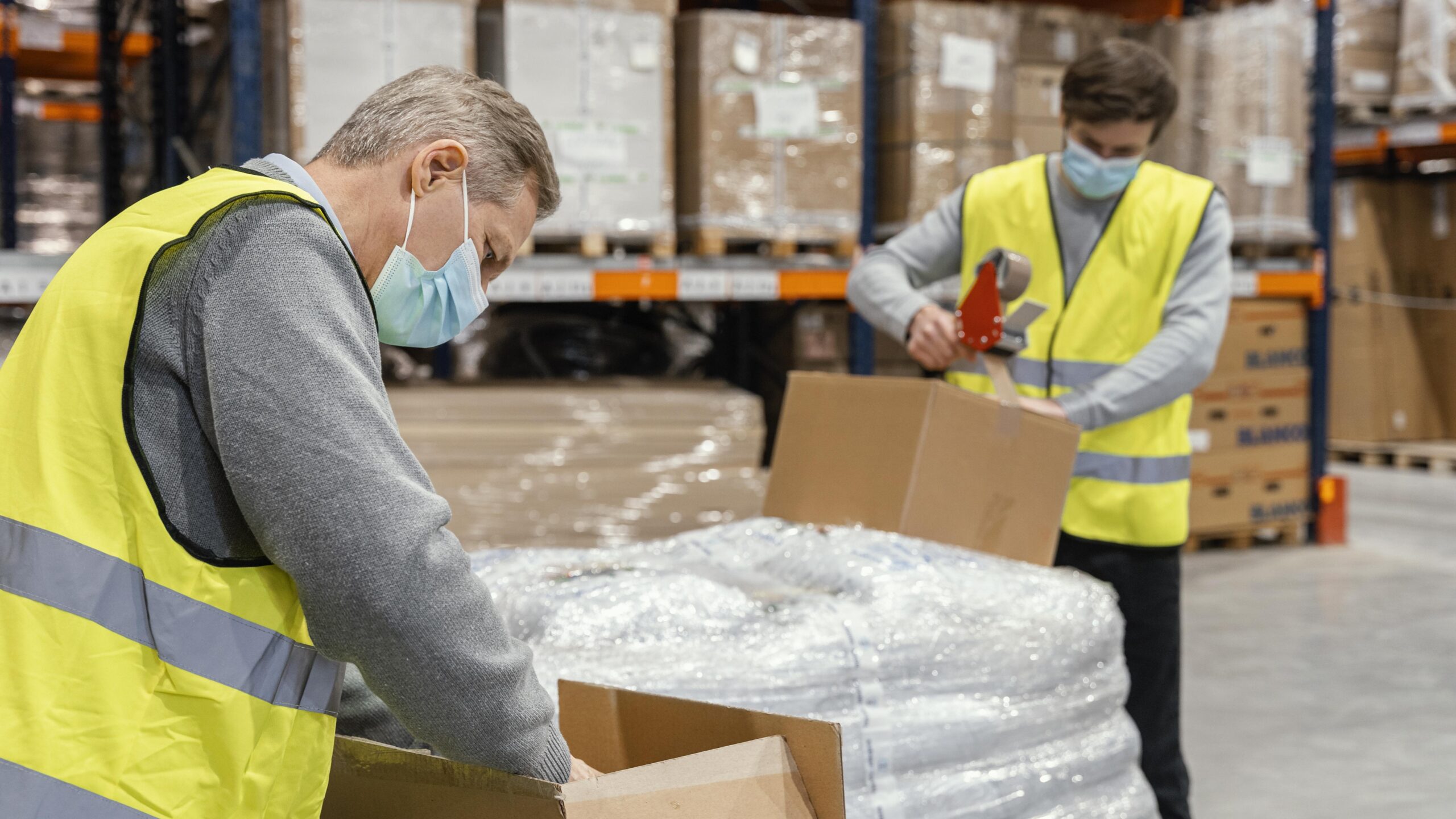Packaging Safety: A Critical Element in Modern Supply Chains
In the ever-evolving world of commerce and logistics, packaging safety has become more than just a compliance requirement—it is now a strategic priority for businesses, consumers, and regulators alike. With the dramatic rise in global trade, e-commerce, and environmental concerns, ensuring the integrity, reliability, and safety of packaging systems is vital. This article explores the importance of packaging safety, the risks of neglecting it, current best practices, and emerging trends in the industry.
Understanding Packaging Safety
Packaging safety refers to the measures taken to ensure that the packaging of products can protect the contents throughout the supply chain—from manufacturing and storage to transportation and delivery. It also ensures that the packaging poses no harm to handlers, consumers, or the environment. These measures involve the use of appropriate materials, designs, labeling, and testing methods to safeguard the product and its users.
The core objective of packaging safety is not only to protect the product but also to maintain customer trust and meet regulatory requirements.
Why Packaging Safety Matters
The significance of packaging safety can be observed in multiple sectors:
Consumer Protection: Proper packaging prevents exposure to hazardous chemicals, sharp edges, or other physical dangers. It also guards against contamination, particularly in food, pharmaceutical, and cosmetic products.
Product Integrity: Safe packaging preserves the quality and functionality of a product during transit and storage. This is crucial for items with shelf-life considerations or delicate components.
Legal Compliance: Governments around the world enforce strict safety regulations related to packaging. Failure to comply with these standards can result in fines, product bans, and legal action.
Sustainability Goals: Environmentally safe packaging contributes to sustainability by reducing waste and encouraging recycling. Sustainable packaging is now a key component of long-term packaging safety strategies.
Reputation Management: Brands that prioritize packaging safety demonstrate responsibility and gain the confidence of customers and partners. Conversely, a single packaging failure can trigger widespread backlash in today’s digital age.
Common Risks Associated with Unsafe Packaging
Neglecting packaging safety can introduce various risks. These include:
Physical Injury: Packaging with sharp edges, faulty seals, or poor construction may injure handlers or consumers.
Product Spoilage: Inadequate sealing or insulation can lead to moisture ingress, bacterial growth, or temperature-related damage.
Tampering and Counterfeiting: Weak packaging makes it easier for unauthorized access, compromising both the product and the brand.
Environmental Harm: Non-biodegradable or toxic packaging materials pose a serious threat to ecosystems if not properly managed.
Economic Loss: Damaged goods, returns, recalls, and potential lawsuits can create substantial financial burdens.
Packaging Safety in Different Industries
Each industry has its own specific packaging safety requirements:
Food Industry: Emphasis is placed on contamination prevention, allergen control, and labeling. Packaging must be resistant to leaks, punctures, and tampering.
Pharmaceuticals: Packaging must ensure dosage accuracy, child resistance, and tamper evidence. It should also withstand environmental changes like humidity and temperature.
Electronics: Anti-static and shock-absorbing materials are crucial to protect sensitive electronic components.
Chemical Industry: Labels must clearly communicate hazards, and containers must prevent leaks and chemical reactions.
Retail and E-commerce: Focus lies on protective packaging that also enhances the unboxing experience while minimizing waste.
Best Practices for Enhancing Packaging Safety
To achieve high standards of packaging safety, businesses should adopt the following best practices:
Material Selection: Choose packaging materials suited to the product’s nature and environment. For example, use food-grade materials for consumables or reinforced cardboard for heavy goods.
Design Optimization: Invest in designs that enhance strength, usability, and tamper resistance. Packaging should be intuitive and safe for all age groups.
Testing and Validation: Conduct thorough tests such as drop tests, compression tests, and exposure tests to ensure durability and safety under real-world conditions.
Clear Labeling: Labels must accurately convey handling instructions, expiration dates, safety warnings, and legal requirements. This helps users make informed decisions and avoid misuse.
Employee Training: Ensure that workers involved in packaging and logistics are trained to follow safety protocols and recognize faulty or unsafe packaging.
Supplier Audits: Regularly evaluate suppliers to ensure they meet the required safety and quality standards.
Technological Innovations Supporting Packaging Safety
Advancements in technology are reshaping how companies approach packaging safety:
Smart Packaging: Incorporates sensors or indicators to monitor freshness, temperature, or tampering.
Automation and Robotics: Reduces human error during packaging and improves consistency.
Digital Tracking: Uses QR codes or RFID tags to track product journeys and identify packaging breaches.
Sustainable Packaging: Focuses on biodegradable, compostable, or recyclable materials that are also safe for use and transport.
The Role of Regulatory Standards
Several global and regional regulations guide packaging safety:
FDA (U.S.): Enforces safety standards for food and drug packaging.
ISO Standards: Provide comprehensive guidelines on packaging performance and safety testing.
EU Packaging Directive: Emphasizes packaging waste reduction and material safety.
Compliance with these regulations not only avoids legal issues but also signals to consumers that the company values health, safety, and responsibility.
Looking Ahead: Future of Packaging Safety
The future of packaging safety will likely be shaped by a few dominant themes:
Greater Use of Eco-Friendly Materials: As consumers demand greener solutions, companies will invest in sustainable packaging that also meets safety standards.
Integration with Supply Chain Tech: Real-time monitoring and analytics will provide better insights into packaging performance across the distribution chain.
Customization and Personalization: Brands may move toward packaging tailored for specific consumer needs or regional regulations, improving safety and satisfaction.
Global Harmonization of Standards: A more unified global approach to safety regulations may emerge to simplify compliance for international brands.
Conclusion
Packaging safety is not merely a technical concern—it is a cornerstone of product quality, customer satisfaction, and regulatory compliance. As industries become more interconnected and consumer expectations rise, the demand for reliable, safe, and sustainable packaging will only grow.
Businesses that proactively invest in packaging safety are better equipped to handle market pressures, avoid costly errors, and build long-term trust.














Post Comment